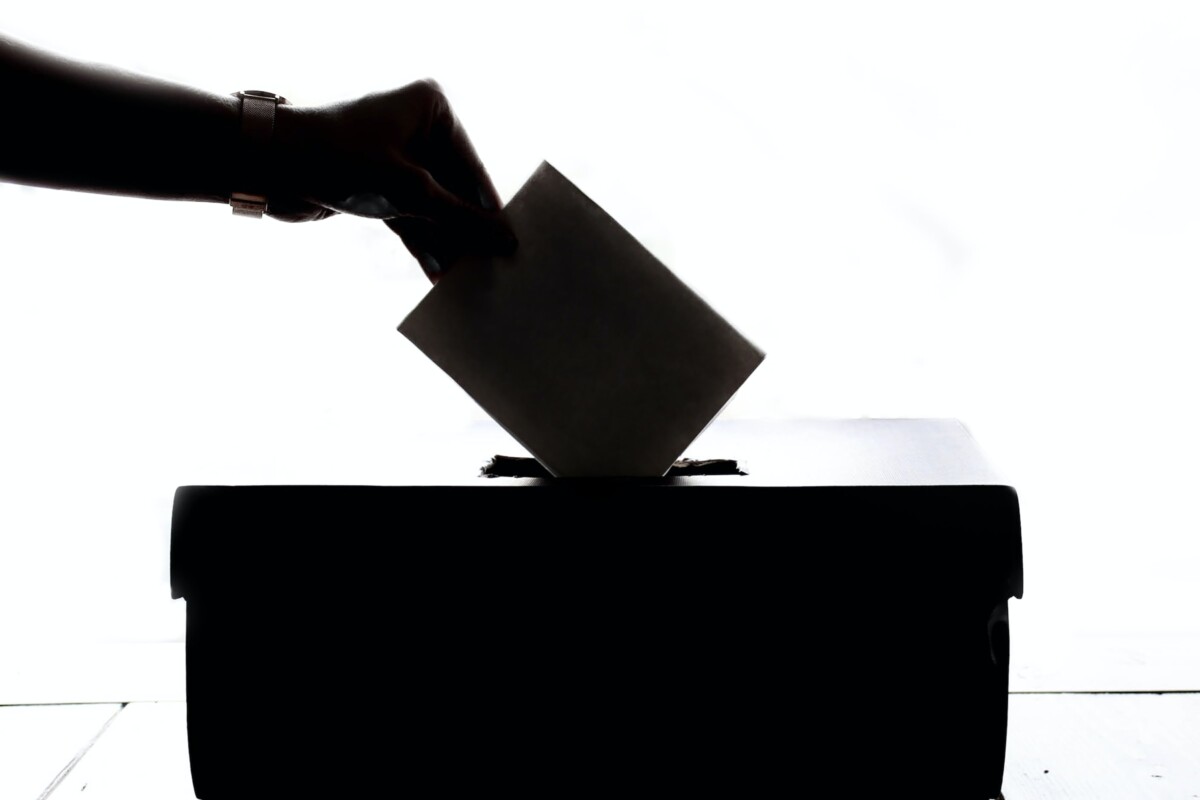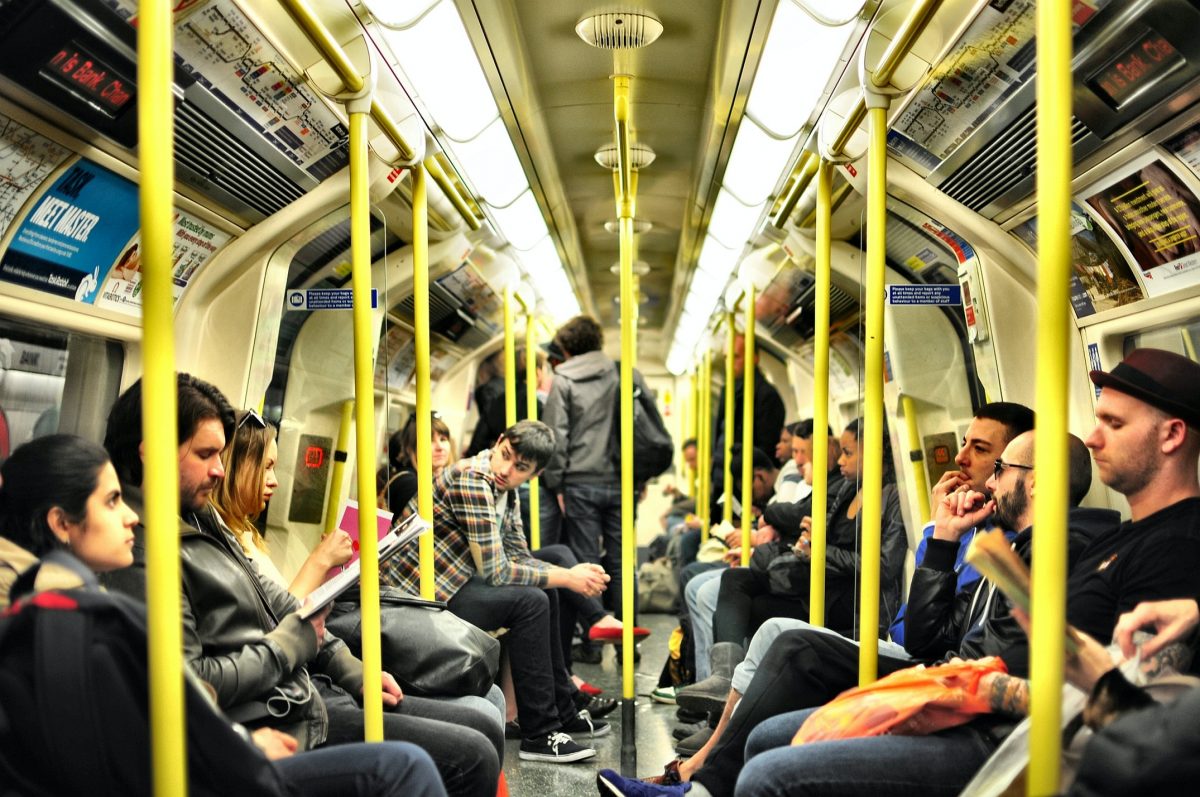New York will lose a congressional seat next year because of a 92-year-old law rooted in fears over African-Americans and immigrants gaining too much political power.
The Empire State came up short in the latest Census count by just 89 people, joining six other states as losers in the upcoming reshuffling of House seats, a zero-sum game played every 10 years in which growing states gain members at the expense of other states.
The framers of the Constitution intended for Congress to grow with the country until a 1929 law capped it at 435, yet there is little appetite for House members to dilute their own power.
Research has shown that the hard limit on the size of the House makes congressional races more expensive, causes voters to feel more disconnected from their representatives, leads to more extreme views among lawmakers and empowers the executive branch, which continues to grow steadily.
Blair Horner, executive director of the New York Public Interest Research Group, which has been tracking the reapportionment, said New York state will see reduced influence in Congress, diminished importance in the Electoral College and reduced federal funding tied to Census data.
“It’s a trifecta of political losses for New York,” he said.
For the country’s first 120 years, the House usually grew in size when the population did, with new members added at each new census or when another state was admitted to the Union.But in 1929, amid growing concern from rural lawmakers about northern cities teeming with African-American workers leaving the South and with immigrants arriving from southern and Eastern Europe, Congress changed the rules, and the House has been set at a static 435 members since.
The decision has effects far beyond the decreased political power of states like New York and Pennsylvania. The typical member of the House, who represented about 30,000 constituents when the Constitution was enacted, now represents more than 760,000.
Because a state’s electors are based on its number of representatives and senators, it also helps skew the Electoral College away from the popular vote. Mathematicians Michael Neubauer and Joel Zitlin calculated that if the House had had 492 members in 2000, Al Gore would have beat George W. Bush for the presidency.
Even if Congress were open to increasing its size, the question becomes: How big?
Politicians, political scientists and mathematicians have devised various methods to determine the size of the House so it grows in a workable and predictable way.
In the short term, the biggest political effects are felt in the states that lose a seat, which in the recent Census count release is California, Illinois, Michigan, New York, Ohio, Pennsylvania and West Virginia.
Some states are on quite a losing streak. Pennsylvania has lost representation every decade because it’s growing slower than the rest of the country. New York peaked at 45 seats in 1940 but will have just 26 beginning with next year’s elections. West Virginia will have just a third of the congressional seats it had in 1950.
The states gaining seats are Texas, Colorado, Florida, Montana, North Carolina and Oregon.
Over the years, arguments for a larger House have come from both the right and left, with small-government conservatives and diversity-minded liberals finding reasons to like the idea.But the counter-arguments go like this: Congress is already too unwieldy, and there are practical limits to how many representatives can govern effectively. Without reforms to partisan gerrymandering, electing more members would only serve to increase the number of extreme partisan voices, opponents say.
“The paradox is that people express less support for their representatives as their districts grow and they come to represent more people,” said Brian Frederick, a political science professor at Bridgewater State University in Massachusetts. He’s found that members of both parties become more extreme as the size of their district increases.
“But it’s hard to get behind the rallying cry of ‘We need more politicians’ because they’re held in such low esteem,” he said.
While the House has remained stagnant, the federal government has grown exponentially. The executive branch has added nine cabinet departments and about 1 million civilian employees since the last permanent expansion of the House, making it harder for 435 people to oversee it effectively, argues Akram Faizer, a law professor at Lincoln Memorial University in Tennessee.
“The House is totally overwhelmed by the size of the executive branch,” he said.
The effort to make the District of Columbia a state has renewed the focus on the size of the House. Statehood for the nation’s capital would add a single seat to the chamber. But the House bill approving D.C. statehood is likely to die in the 50-50 Senate.Defenders of the current system say a bigger House would be too unwieldy, that it would be even harder to force bipartisan consensus where members already have a hard time getting to know each other.
But the real reason for lack of growth may simply be legislative inertia. House members have a vested interest in a smaller chamber, because every new member of the House dilutes the power of the existing members.
Changing the size of the House would require amending or repealing the 1929 law that set the limit, something that’s not currently being considered.
Even H.R. 1—the 886-page Democratic bill to overhaul American democracy through everything from voting rights, an end to gerrymandering, campaign finance restrictions and ethics provisions—is silent on the size the size of the House.
Charles Eagles, who wrote a history of the 1920s apportionment battles, said the debate over increasing the size of the House has echoes of contemporary politics—a growing urban-rural cultural divide, anti-immigrant sentiment, and religious fundamentalism as a political force.
“It’s the same thing all over again. You could almost map the two,” he said.




